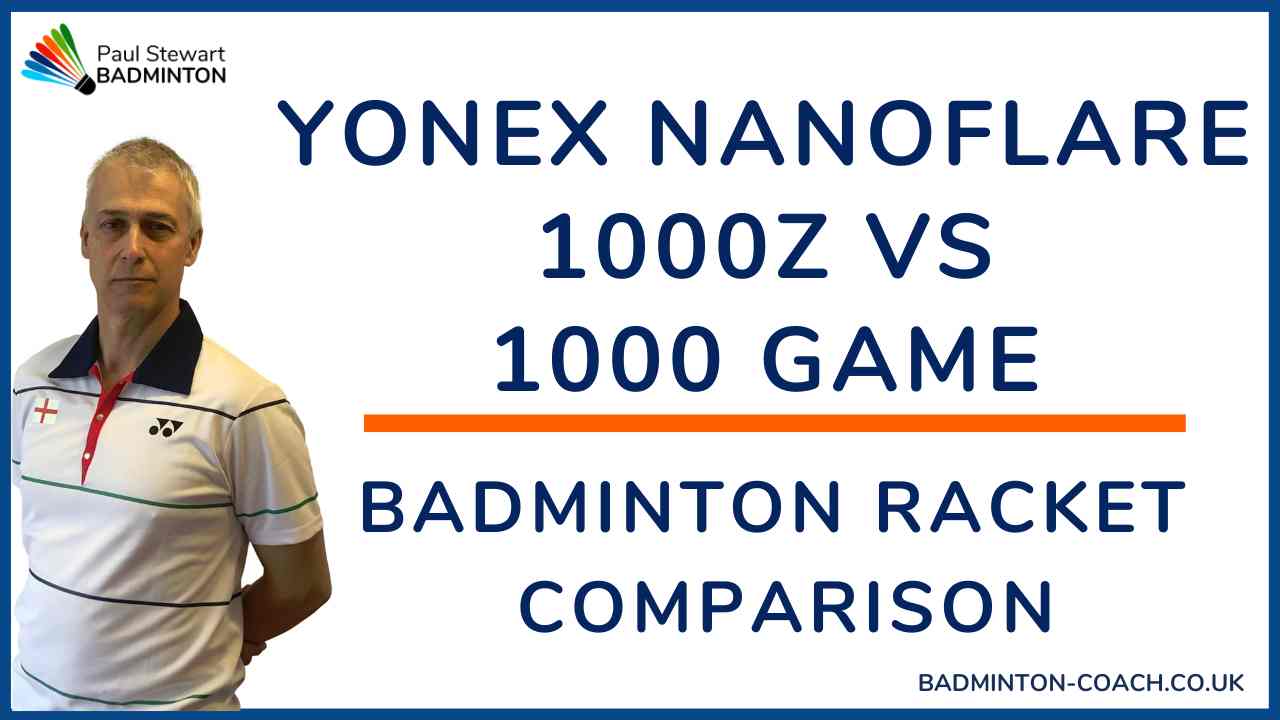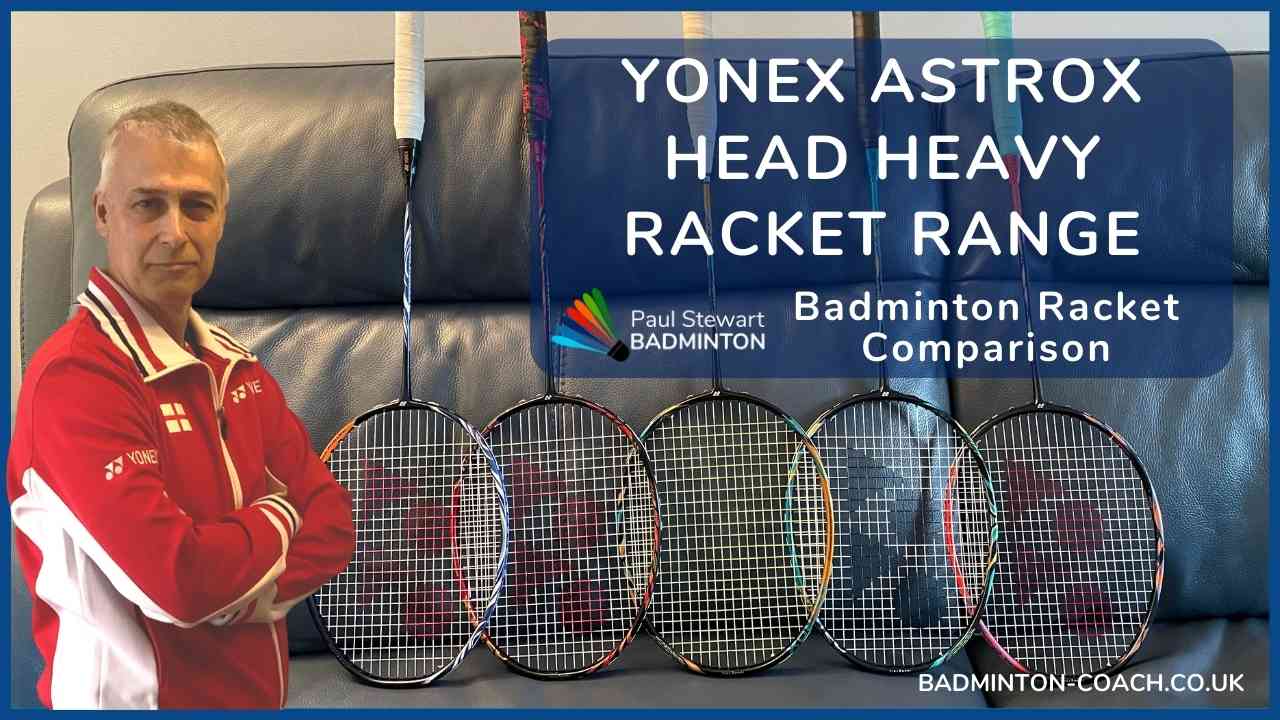Whenever you play a badminton game or match, you will inevitably be playing a tactical game, even if you don’t know it. This may be very simplistic, especially for beginners when hitting the shuttle to the rear court followed by “dinking” the shuttle just over the net is all the player knows and needs.
As readers of my blog will know, I love tactical badminton. It’s the one area where the right tactics in badminton can completely swing the game in your favour if properly executed. Tactics can also be the great leveler when playing a pair who are slightly better equipped in their skillset. I’m not talking about a huge divide here but sufficient to win.
If tactics are so critical in achieving a positive result in a match i.e. a win, why is it so few players, especially at intermediate level even consider applying a tactical approach to enhance their chances of winning?
This has intrigued me for a long time. So I began talking to players before they walked onto court. The results amazed me…
Most players I interviewed hadn’t even discussed their opponents, never mind worked out a way to beat them. In fact, they rarely communicate throughout the match. All I could fathom from watching was an idea that when they were losing they needed to “try harder.”
Generally this “trying harder” resulted in a short burst of intensity and a more aggressive attitude.
Occasionally this will work, but for the most part it’s sadly lacking and will not help you win. Generally club players are unable to maintain this intensity and run out of steam. Or they do not have the skills to execute shots at this level with any degree of consistency or accuracy which then leads to more errors.
Advanced players tend to have a far greater understanding of their strengths and weaknesses. They are also capable of assessing the relative strengths and weaknesses of the opposition and quickly adapt their tactics to change the game. They also tend to possess the racket and movement skills to carry out their change in tactics.
So how does an intermediate badminton player bridge the gap and learn what the advanced players know?
In this series of articles I intend to answer this question and also discuss ways in which advanced players can increase their own tactical capabilities.
Let’s begin…
First of all you need to critically assess your strengths and weaknesses. How do you do this? In its simplistic form you need to consider in which areas of the court you are most comfortable and least comfortable. This acts as a guide only but would suggest you are strongest where you are most comfortable and weakest in the areas where you are least comfortable. Easy.
Let’s take an example. If you’re most comfortable in the forecourt then it’s more likely you are stronger at the net than perhaps the rear court.
Ask your club mates and badminton partner where they consider you are strongest and weakest, you may be surprised at the information they tell you. There is a potential flaw here as we need to establish how they are rating you. Are they rating you against yourself or comparing you to them or other players in the club. Ideally, you need to ensure they rate you purely based on your court prowess comparing your abilities in different areas of the court.
It’s worth taking this one stage further to close off the first part of this article. Let’s delve a little deeper and create a score chart without becoming overly technical…that comes later as you progress.
I’ve created a simple chart for you below where you fill in the boxes scoring your ability in each area out of 10 for consistency and accuracy. The scoring system is simply 0-10 where 0 means you cannot play a shot at all and 10 means you can play it perfectly with extremely high levels of both consistency and accuracy.
Be honest otherwise you are only deluding yourself presenting a totally unrealistic picture of your capabilities.
| Type of shot | Consistency | Accuracy |
| Low serve | ||
| Flick serve | ||
| Drive Serve | ||
| Serve return | ||
| Forehand clear | ||
| Forehand drop shot | ||
| Forehand smash | ||
| Backhand clear | ||
| Backhand drop shot | ||
| Defence | ||
| Drive | ||
| Net shot | ||
| Net kill | ||
| Movement to rear court | ||
| Movement around mid court | ||
| Movement to forecourt |
Of course I could have added to this list including straight shots and cross courts. If you wish to add these in then be my guest. However, for the sake of creating a starting point, I consider there are enough shots and skills listed to get a good feel for how this works.
In my opinion an intermediate player will rarely score more than 50% for any shot, with the possible exception of serve. So think very carefully as you complete this table.
In the part two of this article, you’ll learn how to use this information, how to take a snapshot of this to assess your badminton doubles partner and how to use this as a check list to assess your opponents.













[…] Previous Next […]
I’ve never met a stupid badminton player. Ever. The required tactics seem to preclude the possibility:).
I agree wholeheartedly with Paul: tactics are the draw of this game. Compared to something like tennis, where the bloke who hits the hardest will usually win, badminton is the great leveller (to the point where even a 30-year-old like me can cut it with kids ten and fifteen years younger). There’s a reason the coaches discuss TACTICS at the mid-game intervals;)
Hi Paul,
I think this series will be very beneficial for me. As a intermediate player I must admit that often focus on just getting the shuttle back but this is changing now, I hope 🙂
Now I am thinking about the why and where before hitting the shuttle and I am a lot more aware of my opponents position and spaces on the court. I am also trying to continually vary my shots and pace of the game so that I am not predictable for my opponents.
I am always trying to observe other pairs when I am not on court as I have found this really helpfu. lRegarding talking about tactics with a partner, this is something which is a challenge as I live overseas but with partners I know we will mention tactics briefly during a game (e.g. mentioning patterns we have noticed in opponents shot selections or movements, what serve to use, our what shots we need to use more and the like). However, this is something I defo need to work on so I will read these articles carefully.
Thanks again!!
Graham
Paul,
Thanks for your kind comments. I’d love to see a 4 or 5 part article because as you say it is often a much neglected part of the game at club level…the usual tactical discussion is:
Lady: “Do you want me to play at the front?”
Man: “Yeah, OK.”
And before I get flamed…I have done this too – it’s all too easy to do! There are opportunities during the game to review (quickly) what is happening and adjust your game to compensate.
Look forward to part 2,3,4…… 🙂
It’s a great list nonetheless. The Thrusters are doing great. My main one has BG66UM @ 23lbs and my spare has BG66UM @ 24lbs. I’m liking the BS12 as well but tend to hit the frame more often on it.
I like the vibration feedback on the Victor rackets.
Hi Paul,
Looking forward to reading the completed article. The focus for many players both beginner and intermediate is simply to return the shuttle; obviously this is a good tactic but most forget about the likely return they will receive!
I have played with partners who appear unable to grasp this concept. For example, one player constantly “spoons” the shuttle high into the mid-court when under pressure…the result is predictable (especially against good opposition). Yet, when I have helped them during practice sessions, they can play the correct shot to avoid this situation.
In my opinion, to help improve tactically, you need to cover three areas – practice, position and pace. The first one is quite simple – get more court time (or at home/outside) and practice the technical aspects of the shots. Rarely do you see this happening at clubs and almost not at all at the social level. The second thing is position. If you are in the wrong place then despite your brilliant technical ability the return is almost certainly going to put you under more pressure. The third thing is pace. There are two aspects to this – the pace of the game and the pace of your game. Let me explain. As you play higher standard badminton one of the big changes is the pace of the game – shots are quicker and they come back at you before you can recover position – this means you need to move more quickly and be ready to play the next shot (so footwork, racquet position and fitness are key elements). The other aspect of pace is the tempo at which you play the game. Being able to vary the pace can greatly unsettle your opponents – I have seen good players revel in a fast flat exchange where there is little time to think about what they are doing only to be undone by a deep high clear where they are forced to the back court with lots of time to play the shot only to “fluff” it by over hitting it (still pumping with adrenaline from the previous high speed rally).
The inventory checklist you suggest is a great way forward. If completed honestly it will provide a way of developing your practice sessions/games to enhance your play. I for one, will be following your advice and assessing my good and bad points so that I can improve my game. Once again, thanks for putting this on the forum – I hope it stimulates some good feedback and comments.
Here’s to everyone’s success!
Regards
John
John
Many thanks for your comments. I really like your three “P’s” – I use this in business but as yet haven’t translated it to badminton. Your version is spot on and should be adopted by all.
As this article continues to build i can see this becoming a 4 or 5 part article. I don’t apologise for it because it’s rare I see anybody discuss tactics.
Some of the points you raise in your three “P’s” are covered in part 2 so many thanks for adding more weight to this. I’m not sure yet when I will release part 2 although hopefully it will be done by the end of the week.
By the end of the article it’s my hope that players of all standards will then fully understand how critical the basic skills are. Without these fully mastered, it is impossible to become a highly advanced player. These basics become the strong foundations of an advanced players game. The more advanced the player the greater mastery of basics are demonstrated.
Paul
Thanks for the “checklist” Paul. Makes it easier for me to sort out what I need improvement in!
Elisha
Sorry it’s not more detailed but at this stage addiing more lines would make it far too complicated. How’s the Thurster behaving?
Paul